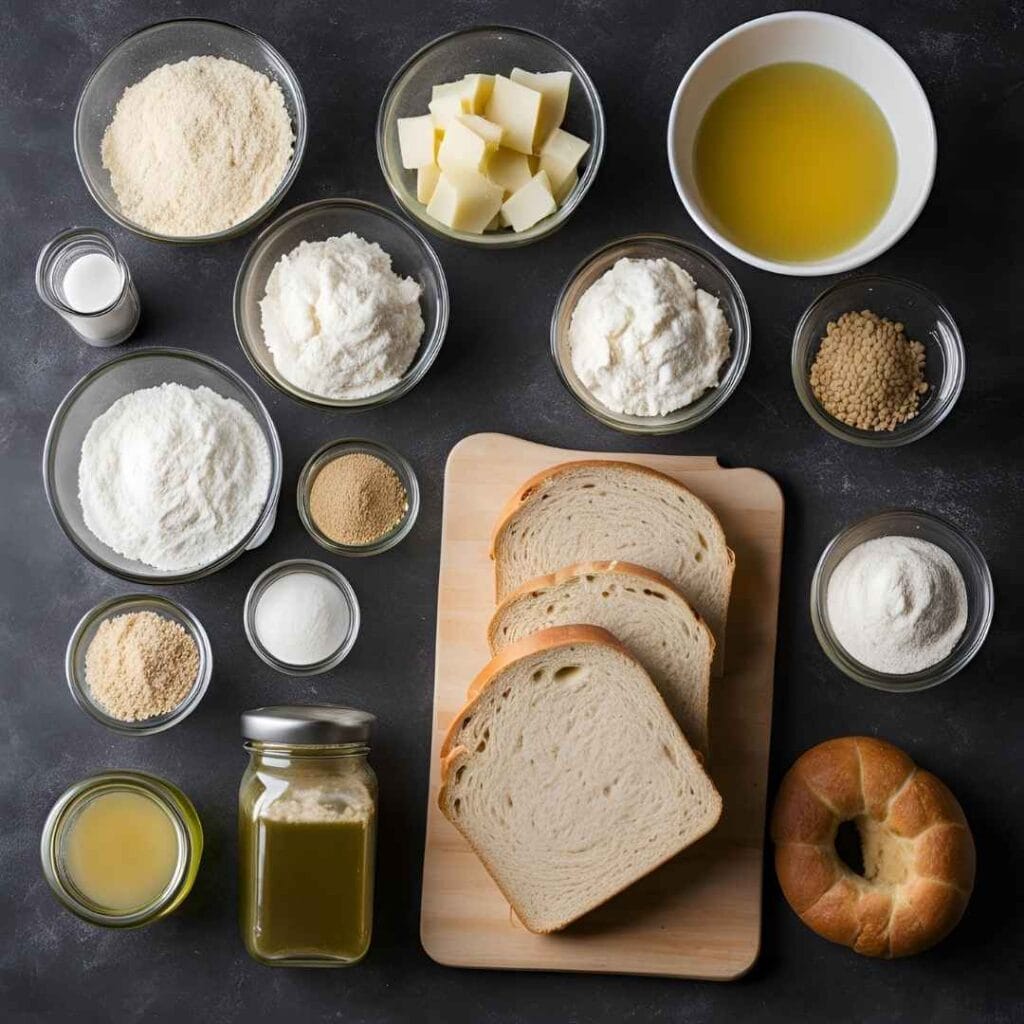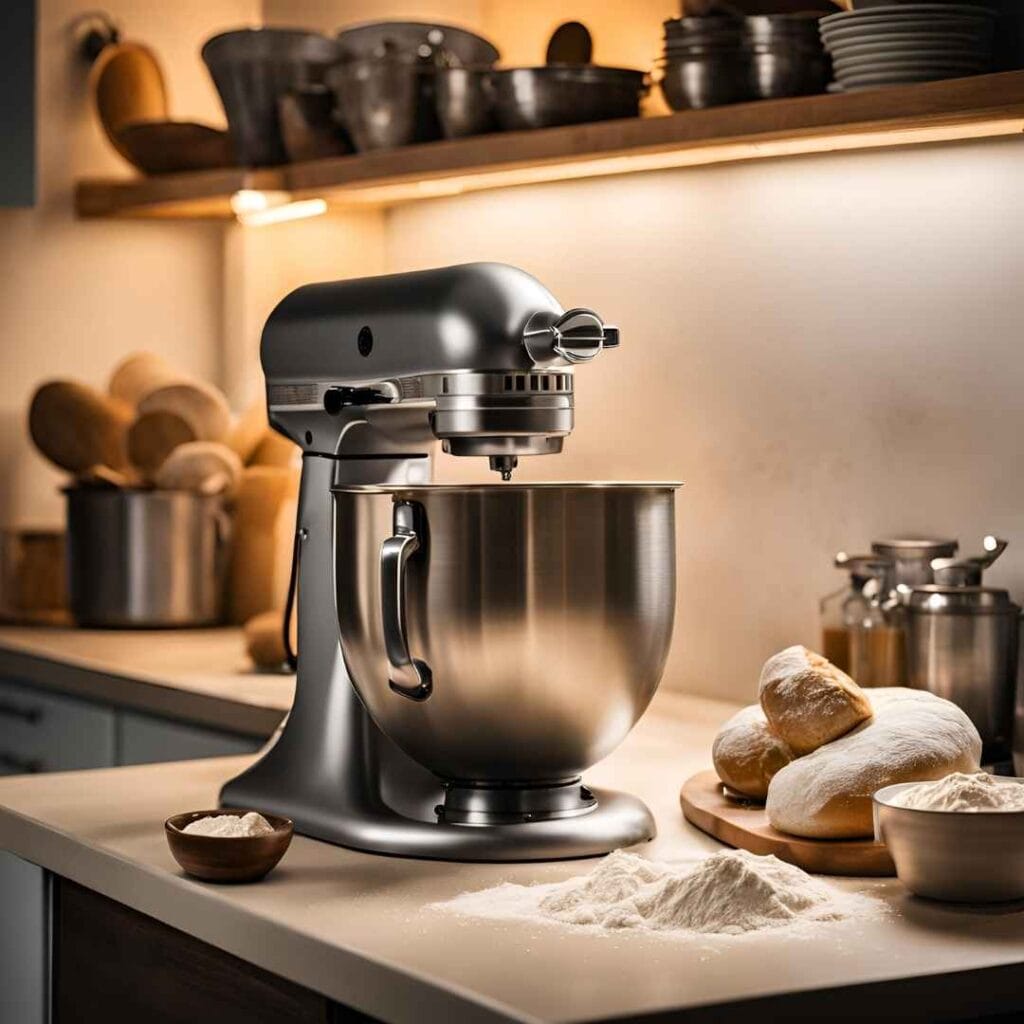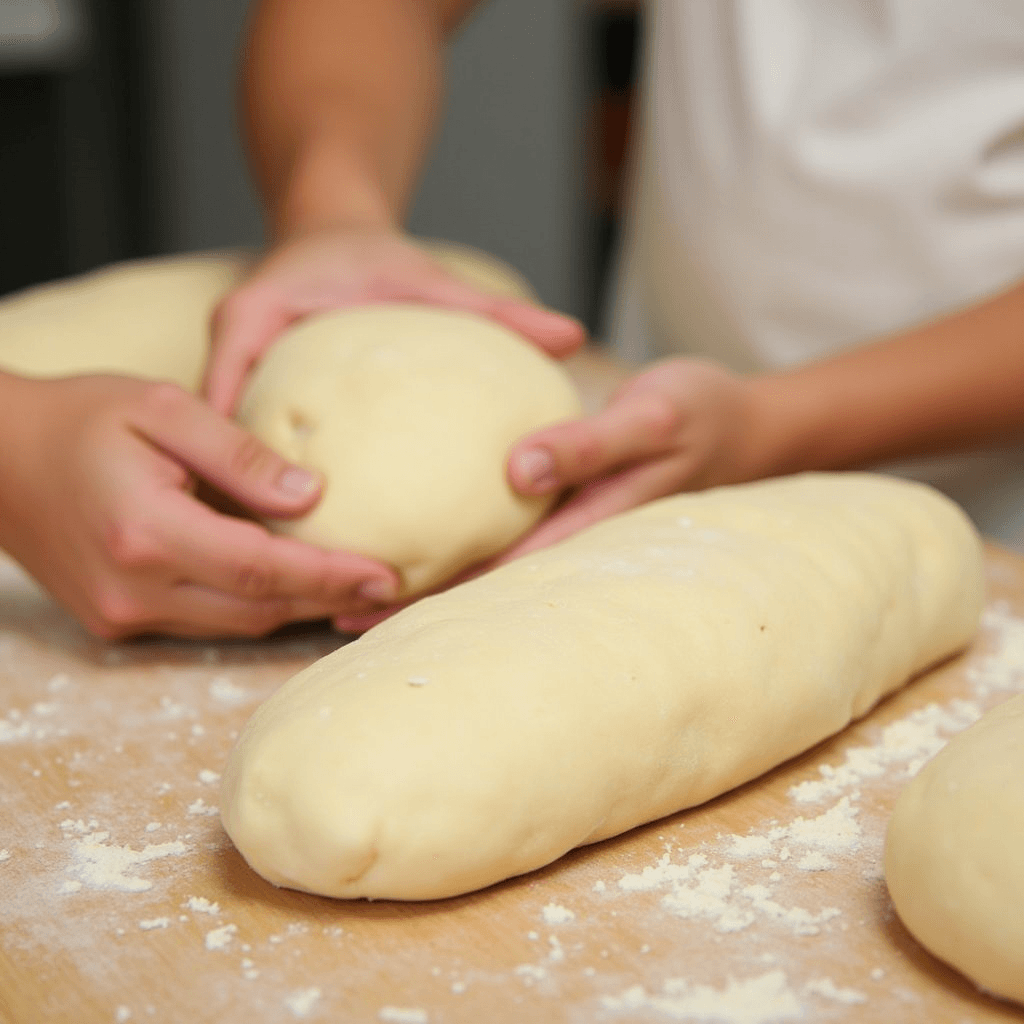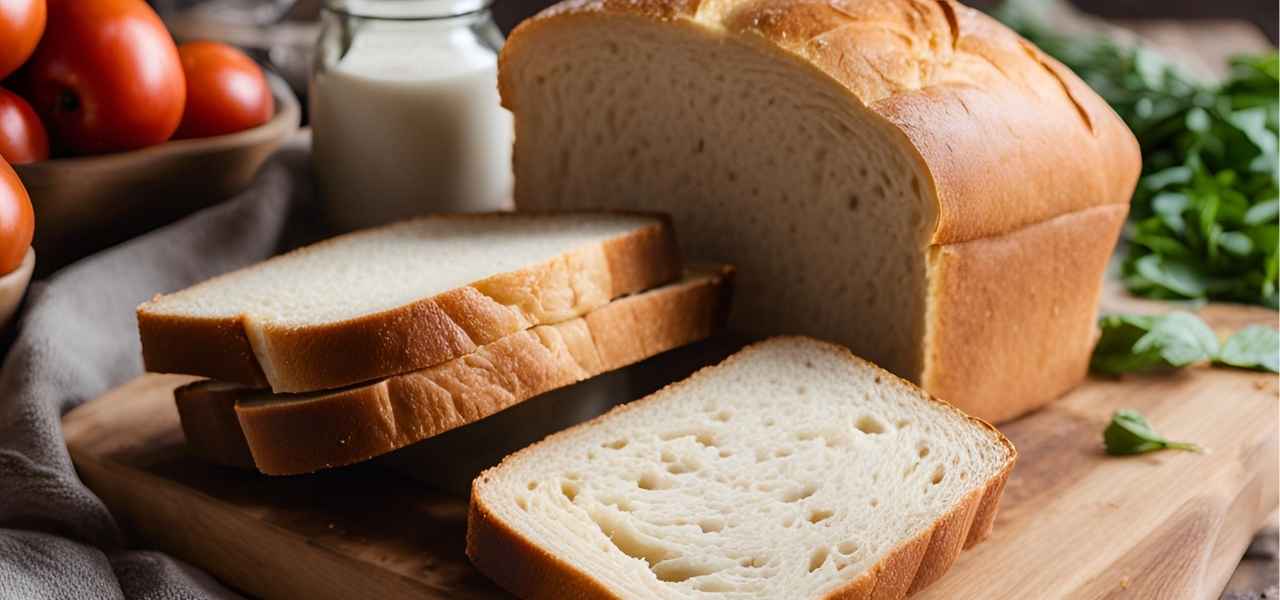Table of Contents
There is not anything pretty just like the aroma of freshly baked bread wafting through your own home. Making your sandwich bread isn’t always just a money-saving undertaking – it is a worthwhile revel in that yields advanced effects to save-sold alternatives. In this comprehensive manual, we’re going to walk you through growing an appropriate selfmade sandwich bread that is soft, fluffy, and perfect for the entirety from traditional PB&Js to gourmand grilled sandwiches.
This post may contain affiliate links. Read my privacy policy. If you
Why Make Your Sandwich Bread?
Before diving into the recipe, let’s apprehend why homemade sandwich bread is well worth it slow:
- Control over components: No preservatives or synthetic additives
- Superior taste and texture: Fresh, heat, and perfectly textured
- Cost-effective: Save money ultimately
- Satisfaction: The pleasure of making something from scratch
- Customization: Adjust ingredients in your dietary choices
Essential Ingredients

For best loaves, you may need:
- 6 cups (750g) all-cause flour
- 2¼ cups (530ml) heat water
- 2¼ teaspoons (7g) active dry yeast
- 3 tablespoons (45g) unsalted butter, softened
- 2 teaspoons (12g) salt
- 2 tablespoons (25g) sugar
- 1 tablespoon (15ml) vegetable oil
Equipment Needed
- Stand mixer with dough hook (or blending bowl for hand kneading)
- Two 9×5 inch loaf pans
- Measuring cups and spoons
- Clean kitchen towel
- Pastry brush
- Wire cooling rack
Step-by using-Step Instructions
1. Activate the Yeast
Start by way of activating your yeast:
- Combine ¼ cup of warm water (a hundred and ten°F/43°C) with 1 teaspoon of sugar
- Sprinkle yeast over the aggregate
- Let stand for five-10 mins until foamy
Pro tip: It might be inactive if your yeast does not foam. Start sparkling with new yeast.tive if your yeast doesn’t foam. Start fresh with new yeast.
2. Mix the Dough

- In your stand mixer bowl, integrate:
- Remaining warm water
- Softened butter
- Sugar
- Salt
- 3 cups of flour
- Mix on low pace till combined
- Add activated yeast mixture
- Gradually add the closing flour until dough bureaucracy
- Mix for 5-7 mins till easy and elastic
three. First Rise
- Place dough in an oiled bowl
- Cover with a humid material
- Let upward push in a warm spot for 60-ninety mins
- The dough must double in size
Temperature tip: Ideal growing temperature is 75-eighty five°F (24-29°C)
4. Shape the Loaves

- Punch down the dough to release air bubbles
- Divide into two same quantities
- Shape each portion into a rectangle
- Roll tightly into loaves
- Place in greased loaf pans
- Cover and allow upward push again for forty five-60 minutes
five. Baking
- Preheat oven to 375°F (one hundred ninety°C)
- Brush loaves with melted butter
- Bake for 30-35 minutes until golden brown
- Internal temperature have to reach one hundred ninety°F (88°C)
- Remove from pans immediately
- Cool absolutely on a wire rack
Storage and Shelf Life
Without preservatives, homemade bread has a shorter shelf existence than keep-bought:
- Room temperature: 3-4 days in a bread container or sealed bag
- Refrigerator: Up to at least one week
- Freezer: Up to a few months (slice earlier than freezing)
Troubleshooting Common Issues
Dense or Heavy Bread
- Check yeast freshness
- Ensure proper rising time
- Don’t add an excessive amount of flour
Crust Too Hard
- Brush with butter at the same time as warm
- Store nicely whilst cooled
- Consider adding milk to the recipe
Uneven Rising
- Shape loaves uniformly
- Maintain constant temperature
- Check yeast distribution
Recipe Variations
Whole Wheat Version
Replace up to 50% of all-motive flour with entire wheat flour for a more healthy choice.
Milk Bread
Replace water with heat milk for a richer, softer texture.
Honey Wheat
Substitute sugar with honey for a herbal sweetener alternative.
Nutrition Information (Per Slice)
- Calories: a hundred and twenty
- Carbohydrates: 23g
- Protein: 3g
- Fat: 2g
- Fiber: 1g
- Sodium: 195mg
Final Tips for Success
- Use room temperature substances
- Measure flour as it should be by using spooning it into measuring cups
- Don’t rush the rising method
- Maintain steady room temperature
- Cool absolutely earlier than cutting

Conclusion
Making your sandwich bread would possibly seem daunting at the start, however with exercise, it turns into an exciting ordinary that yields scrumptious results. This recipe creates flawlessly textured loaves perfect for sandwiches, toast, or truly enjoying with butter at the same time as nonetheless heat from the oven.
Remember, bread making is both a technology and an artwork. Don’t be discouraged in case your first few loaves are not best – every batch is an possibility to enhance your technique and create something actually special on your own family.
Have you tried making selfmade sandwich bread earlier than? What’s your favorite way to enjoy fresh-baked bread? Share your stories in the comments under!

